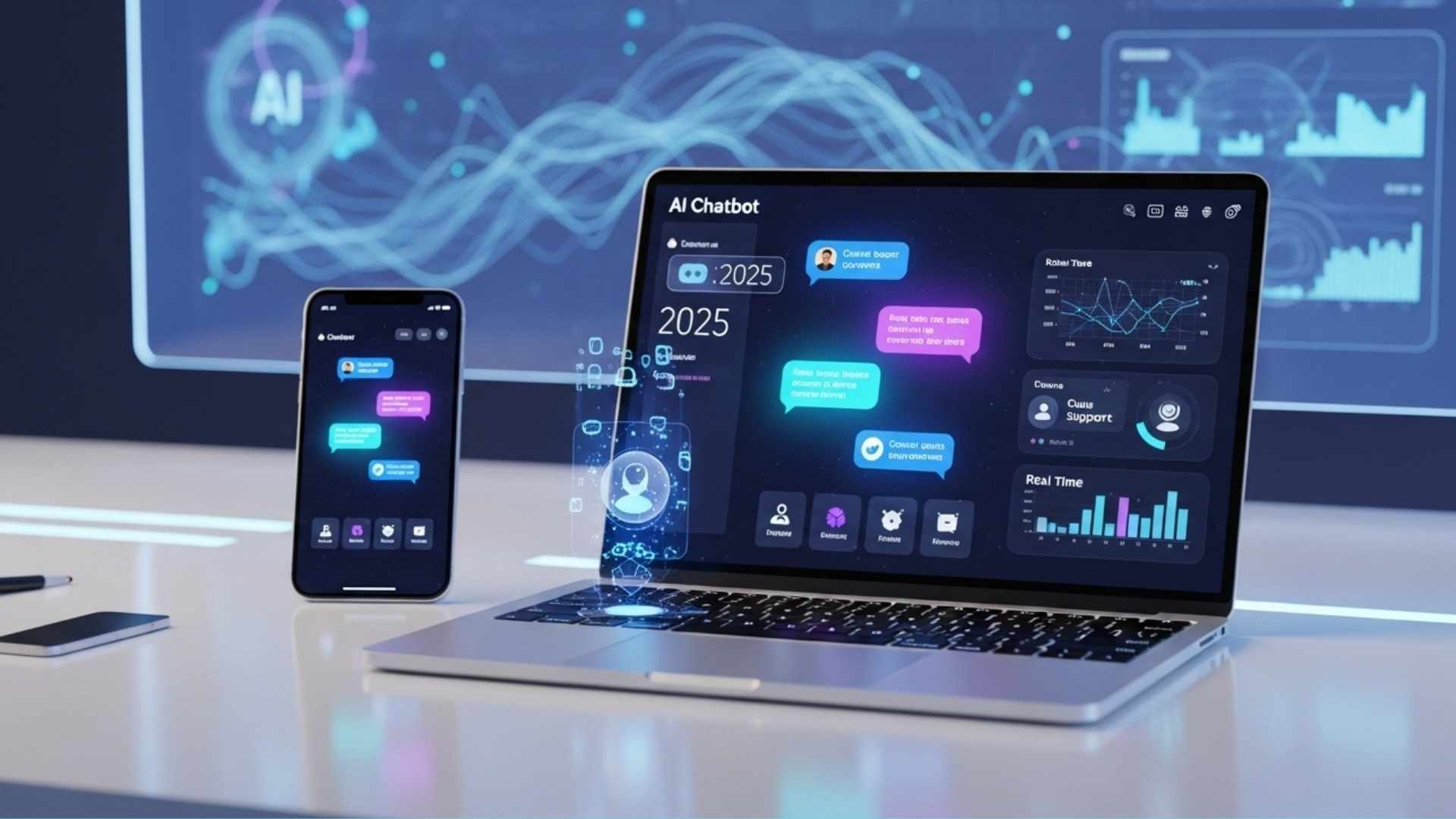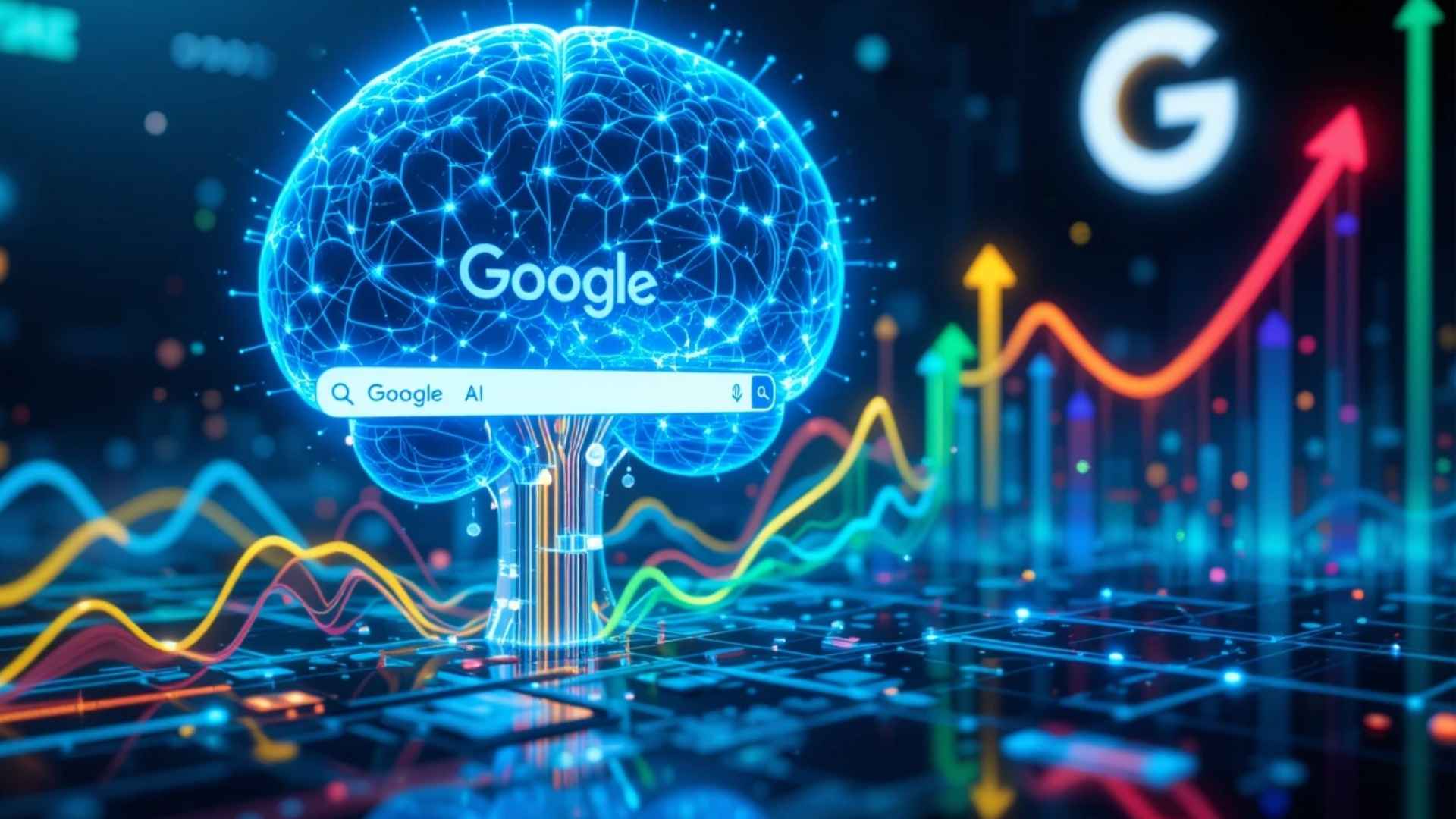Artificial intelligence (AI) has recently become a hot topic due to its potential to revolutionize the way we live and work. There is a lot to learn about AI.
In this article, we will start with the basics of what Artificial Intelligence (AI) is, its types, and how it works.
We will also discuss AI technologies that are useful for artists and creatives, the future of AI, and how to use it responsibly. Let’s learn together.
1. What is Artificial intelligence (AI)?

Artificial intelligence (AI) is a set of technologies that enable computers to perform advanced tasks. For example, they can understand images, understand and translate languages, analyze data, answer questions, create art and videos, and many other tasks.
AI is a cornerstone of modern computing technology and has demonstrated amazing capabilities. For example, AI can be used to easily create high-quality images from text, remove photo backgrounds, drive self-driving cars, and talk to AI-powered chatbots that serve customers.
2. Types of AI

To truly understand what AI is, you need to know its types. There are three main types of AI:
- Narrow AI
- General AI
- Super AI
Let’s take a closer look at each of these types to better understand them.
2.1 Narrow or Weak Artificial Intelligence
Computers in this type of AI do not have perfect cognitive abilities. Their intelligence is trained to perform a specific task.
Narrow AI includes image recognition systems, voice recognition systems, and AI chatbots. For example, digital voice assistants like Siri and Alexa, search engines like Google and Bing, and self-driving cars like Tesla all use Narrow AI to perform their tasks. In fact, all of the AI tools, AI and image generators, and AI chatbots that we have today are all types of Weak AI.
2.2 General or Strong Artificial Intelligence
These systems are not limited to a specific area of expertise, and can perform a wider range of tasks than weak AI programs.
While this level of efficiency has not yet been achieved, researchers aim to create AI that is on par with human intelligence. The goal of Strong AI is to one day create a machine that is self-aware, able to recognize needs and emotions, solve problems, and learn and plan for the future.
2.3 Super Artificial Intelligence
Artificial Superintelligence (ASI) is a type of AI that enables machines to perform tasks beyond the capabilities of humans. These systems could predict the future, create new scientific methods, and more.
With ASI technology, scientists could solve some of the world’s biggest problems, such as curing cancer, ending world hunger, or balancing the national budget. While these may seem impossible, scientists hope to use AI to make our world a better place.
But this type of superintelligence is like a double-edged sword. On the one hand, it could improve our lives, but on the other hand, it could end the human race as we know it.
3. How does Artificial Intelligence work?
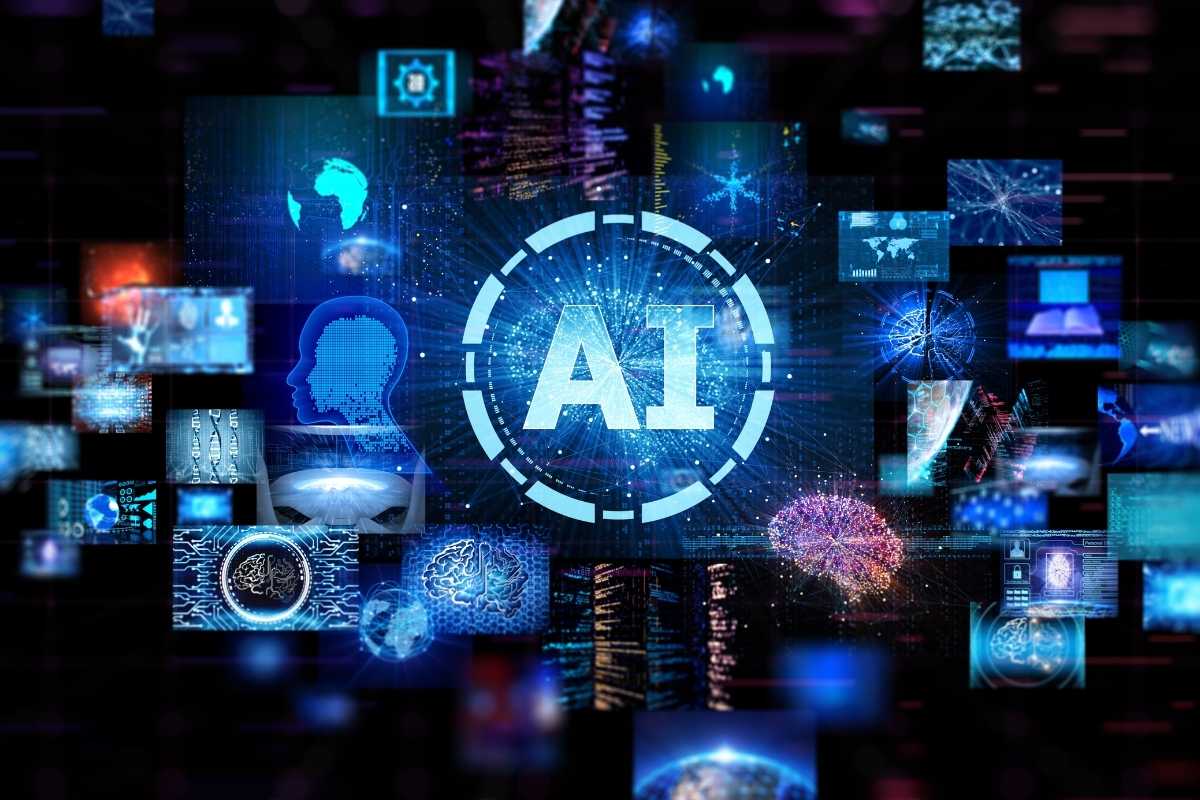
AI analyzes vast volumes of data and recognizes key words using algorithms, or general guidelines. This aids in determining the kind of assistance you require. AI is also programmed to think, act, and respond like a human.
An AI system uses three types of machine learning: supervised, unsupervised, and reinforcement learning to improve its algorithms to find solutions, answer questions, make predictions, and make recommendations.
An AI system learns and practices by testing and measuring its performance every time it processes data. Machines don’t require training like humans do. This means they can perform millions of tasks at once and learn from them. It’s important to understand that AI is not a single computer program or application, but a field of study.
4. What is Machine Learning?
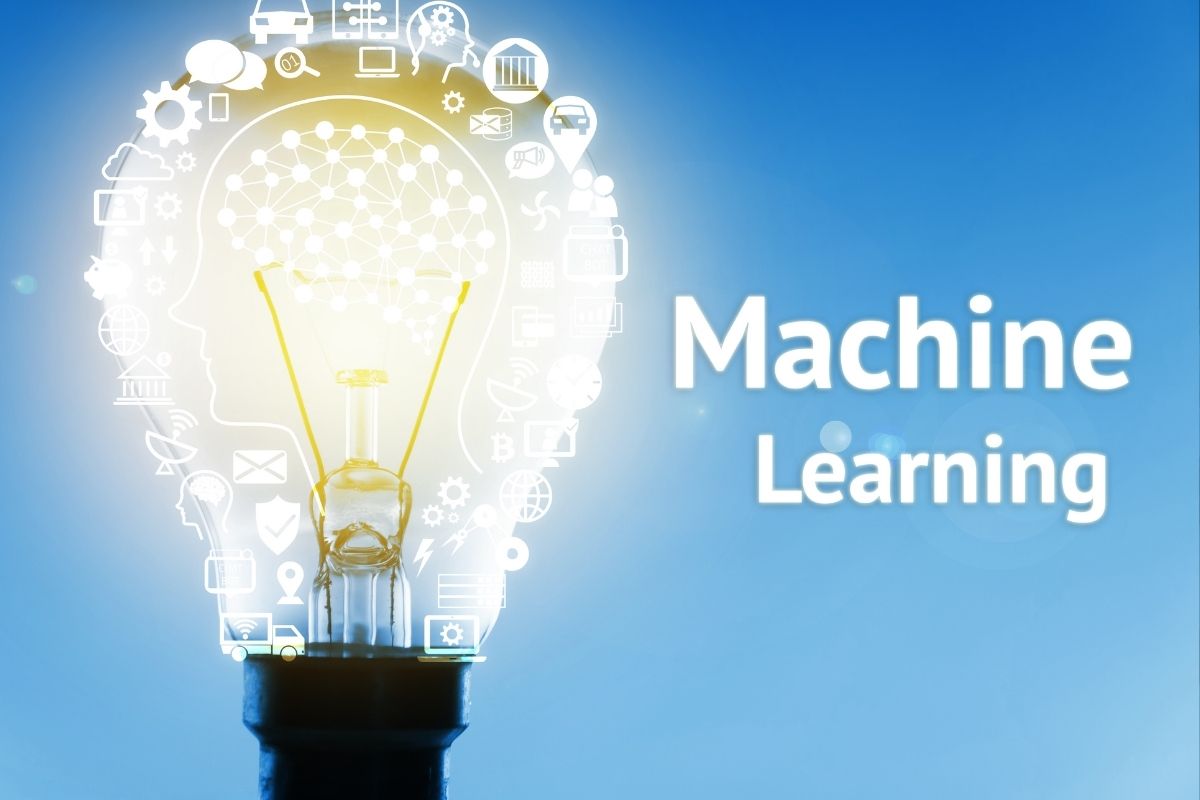
Machine Learning is a subfield of AI that focuses on creating algorithms that allow computers to learn from data. This means that computers can learn from large amounts of existing data and train themselves.
For example, OpenAI’s ChatGPT uses a dataset containing over 570GB of text data, including books, articles, websites, and social media pages from the Internet. This data makes ChatGPT one of the top generative AI programs available today, and it has a wide range of applications.
There are three main types of machine learning:
- Supervised Learning
- Unsupervised Learning
- Reinforcement Learning
4.1 Supervised Learning
Computers are able to learn from labeled samples using supervised learning. This means that the data contains a predetermined output.
For example, you can train a computer by showing it a lot of pictures of cats. After training it, the computer will be able to accurately identify cats in new photos. This concept may be familiar to you if you use an iPhone or Android phone.
Let’s say you take a picture of your pet with your iPhone. When you tap on the photo, your iPhone will recognize the image of your pet and provide a link to the type of animal in the photo.
4.2 Unsupervised Learning
Unsupervised Learning, unlike Supervised Learning, learns on its own and does not require labeled data.
Examples of Unsupervised Learning include Clustering, which groups similar data together, and Dimensionality Reduction, which finds the most important features in a data set and reduces the amount of data.
There is also Anomaly Detection, which detects unusual or unusual data. Unsupervised Learning is also used in fraud detection in banking, cybersecurity, voice recognition, and marketing research methods such as customer segmentation.
4.3 Reinforcement Learning
Human learning is most similar to this kind of machine learning. Machines can learn by following instructions, performing experiments, operating machines, and more through training.
Reinforcement Learning involves a digital program embedded in a specific learning environment. Just as humans learn, this digital agent is presented with a game-like situation and makes a series of decisions to achieve the correct outcome. It repeatedly learns from its errors and does not make the same ones again. By rewarding correct answers and punishing incorrect answers, the software learns not to repeat the same mistakes.
Examples of Reinforcement Learning include robots that help in the automotive industry, predictive text (such as suggesting words when sending messages), healthcare diagnostics, and energy efficiency technologies.
For example, Google has implemented Reinforcement Learning to control the energy used in its data centers. With the help of DeepMind, Google was able to reduce the cooling costs of its data centers by up to 40%.
5. What are Large Language Models (LLMs)?

A Large Language Model (LLM) is a kind of machine learning that analyzes and comprehends language using deep learning methods. LLMs can process large amounts of data, learn complex language patterns, and perform tasks such as answering questions, conducting conversations, and solving problems.
With more than 570GB of text data used for training, ChatGPT is the most well-known example of an LLM.
LLMs are made up of multiple layers of neural networks, similar to the human brain, that work together to analyze text and make predictions. They use left-to-right patterns of words to predict which words are likely to be related to each other. LLMs mimic the human ability to predict what words might follow a word in a sentence.
6. How to Use AI Responsibly?
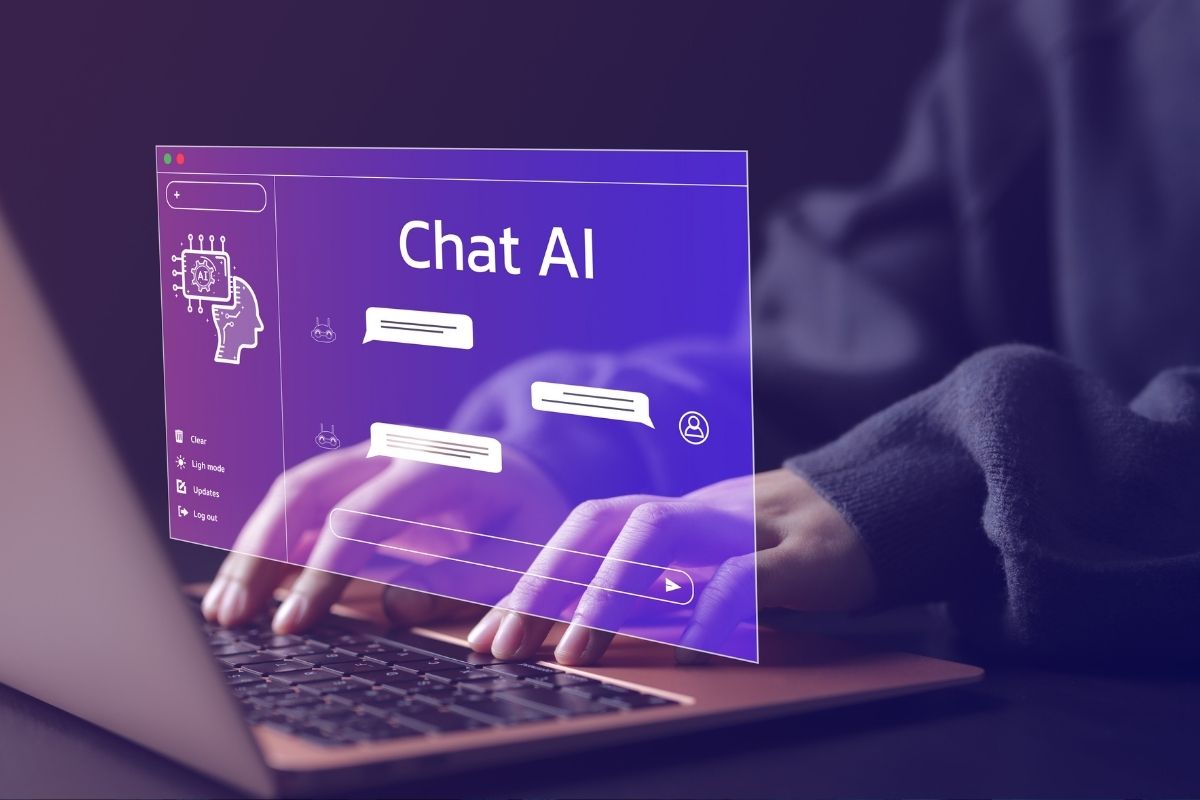
AI technology has been around for decades, but until recently, most people were unaware of it. Whether you like it or not, AI tools can dramatically improve the way we do things in our daily lives. But if we use AI, we need to use it ethically.
Here are some tips to follow:
Use it as a tool to help you
The most important thing is to use AI as a tool to help you, not to do your job. For example, it’s okay to use it for tasks like finding blog posts, writing content, creating images, and so on. Never use AI to replace your work.
Double-check all the information
If you use generative AI tools like ChatGPT, Jasper, or Writesonic, always double-check the information they provide. People who have used AI will tell you that AI can sometimes lie.
Choose a reputable tool
With so many AI programs emerging, it’s important to use a tool that is widely recognized. Whatever tool you choose, read reviews and carefully consider their privacy and security features.
The Future of AI
Whether we like it or not, the artificial intelligence (AI) revolution is here. It is up to each of us to embrace it, learn from it, and use it responsibly.
As this groundbreaking technology continues to advance, we may also face some challenges. While some fear that AI will lead to job losses, others hope that new opportunities will emerge to replace the lost jobs.
In any case, we all need to learn how to use AI to increase our productivity in the workplace, to become more valuable as employees, and to responsibly embrace this exciting new era.
Also Read: AI in Education: The Future of Learning
Final Thoughts
If you are still thinking about AI, try out some AI applications to see what they are good at.
For writing, you can try Jasper. It offers a 7-day free trial so you can get a good idea of what it can do.
If you want to create videos or images, you can try Pictory and Midjourney. Pictory offers a free trial, but Midjourney does not. But after seeing the results, you will feel that paying $10 per month is worth it.
If you want to learn more about AI, you can read some of our How-to Posts on how to get the most out of AI.



